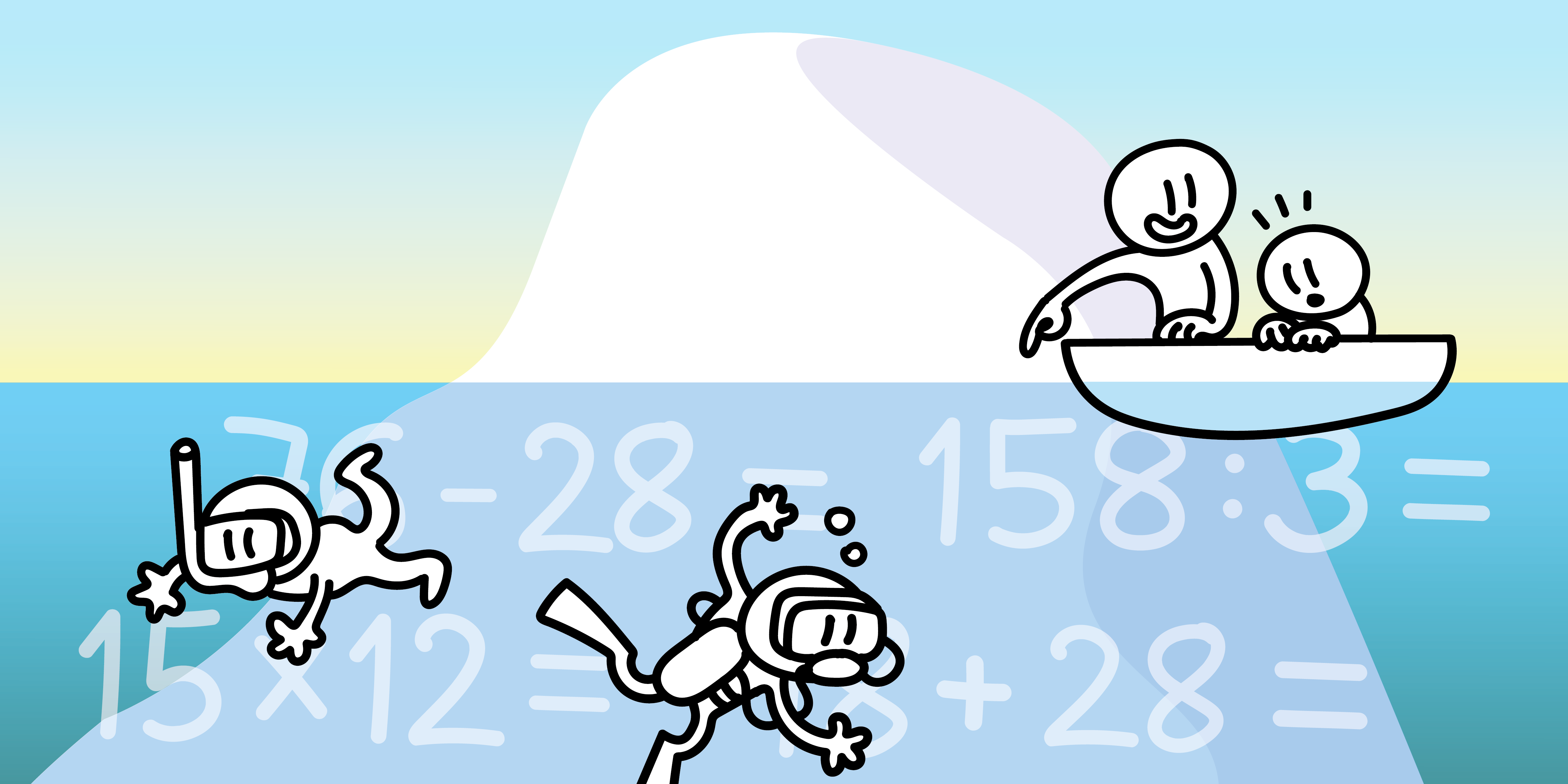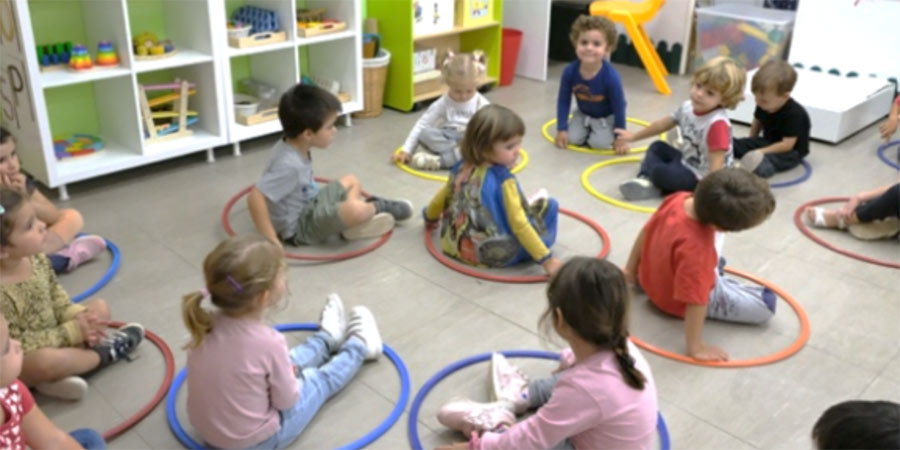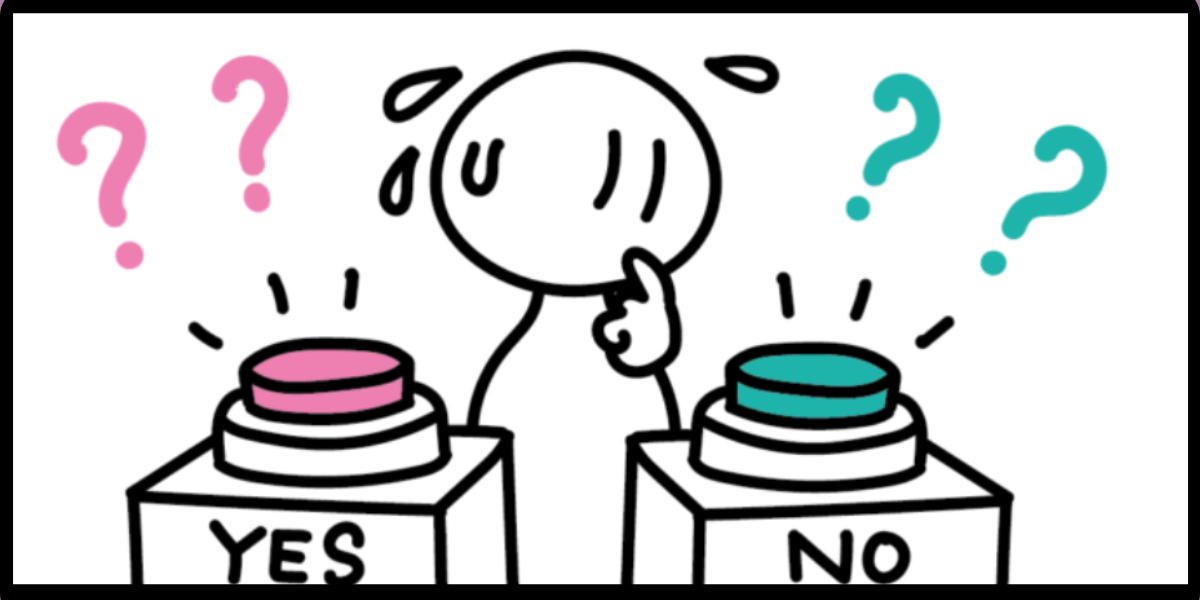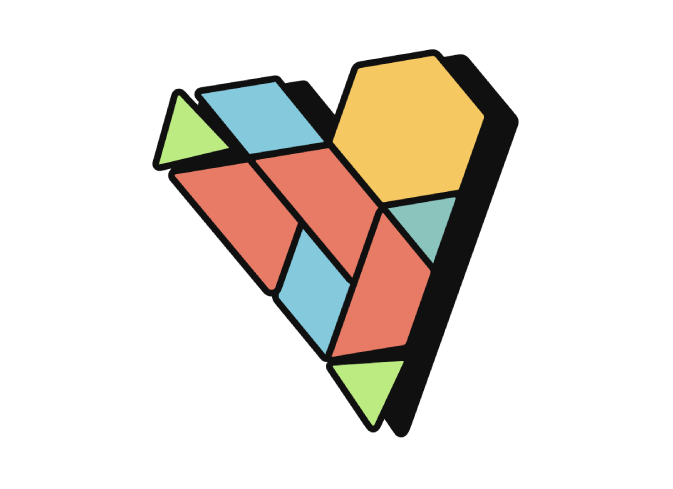Table of contents
How to build the concept of numbers
In Early Years education, learning the numbers takes longer and is more complex than what we might often expect. Building a strong foundation for the concept of numbers that is resistant to change and able to be applied to a variety of real situations involves a series of partial learnings, of different natures, that must then be joined to make a whole. (Piaget, 1952; Kamii, 1983; Canals, 1989)
At the outset, each natural number corresponds to an amount, and in each language or culture we have a word that designates it, as well as a sign (written number) that identifies it. Therefore, there are three different sets of content that must be worked on separately, but also together. This is because they make up an initial category with lots of interconnections.

For example, starting with a small amount, children need to know how many there are, they need to know the words that designate the numbers both in order and mixed up, they need to know how to read the digits and make up the amount, etc. All this is content, mainly social and cultural in nature, that is necessary to understand and communicate about the concept of numbers. In fact, they are important tools to mathematically discuss the concept of numbers, while also understanding their structure and the relationships between them.
The second content category that has to do with building the concept of numbers focuses on comparing amounts in and of themselves, beyond the word or sign that designates them. In other words, it focuses on understanding and using the numbers based on the two relations involved: equivalence and order. Equivalence relations refer to being able to recognize that two groups made up of objects of very different sizes and volumes (for example, 5 pieces of candy and 5 children) involve the same amount, even though perceptually they don’t seem to be related. This is an important milestone. Order relations refer to being able to compare two groups, even if they are made up of very different objects (for example, 10 marbles and 5 footballs), and conclude that, although our perception tells us that 5 balls have more mass and volume, there are more marbles than balls.
Now let’s take a look at two classroom situations where the students have to apply equivalence (as many as…) and order relations (more than…, less than…).
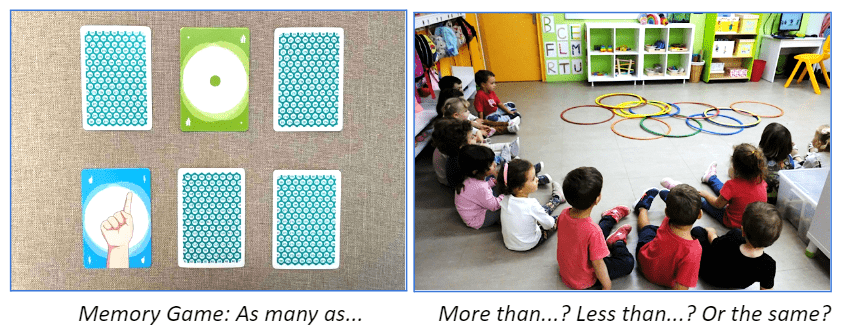
Understanding order relations between numbers opens the door to learning a new concept that will need to be worked on: hierarchical inclusion. This refers to the fact that every number includes all the smaller numbers that come before.
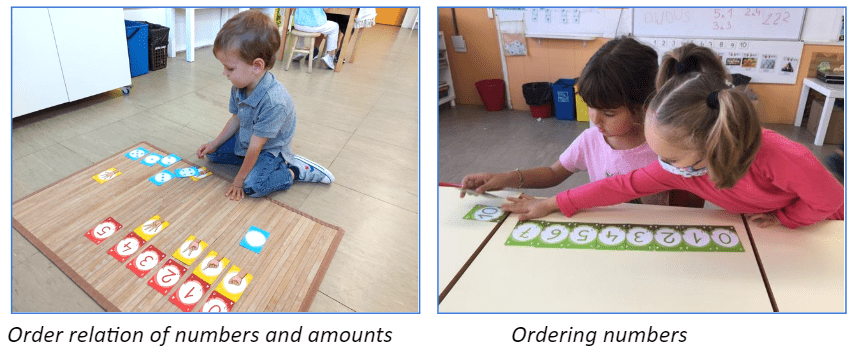
As if all this weren’t enough, it’s also necessary to learn to count as a functional skill that can help the children solve everyday situations. Learning this skill involves: knowing the sequence of words that designate the numbers in order, establishing connections for hand-eye-speech coordination, knowing how to separate the counted elements from those that are left (without repeating or leaving any out) and, finally, knowing that the last word that was said when counting determines the cardinal number of the entire set. It’s a lot! (Schaeffer, Eggleston and Scott, 1974; Dickson, Brown and Gibson, 1991)
And that’s not all! In fact, we still haven’t touched on the most fundamental concept category for building a solid idea of numbers: calculation. At this stage, we understand calculation as the transformations of amounts and the study of how they’re built. Essentially, knowing that an amount changes if you add or remove elements, as well as determining the final amount depending on the operation applied are essential skills for mathematical reasoning.

This will also lead us to understand that we can look for different ways to compose the same number based on the relationship between the whole (for example, 6) and its parts (1 and 5, 2 and 4, 3 and 3, etc.).
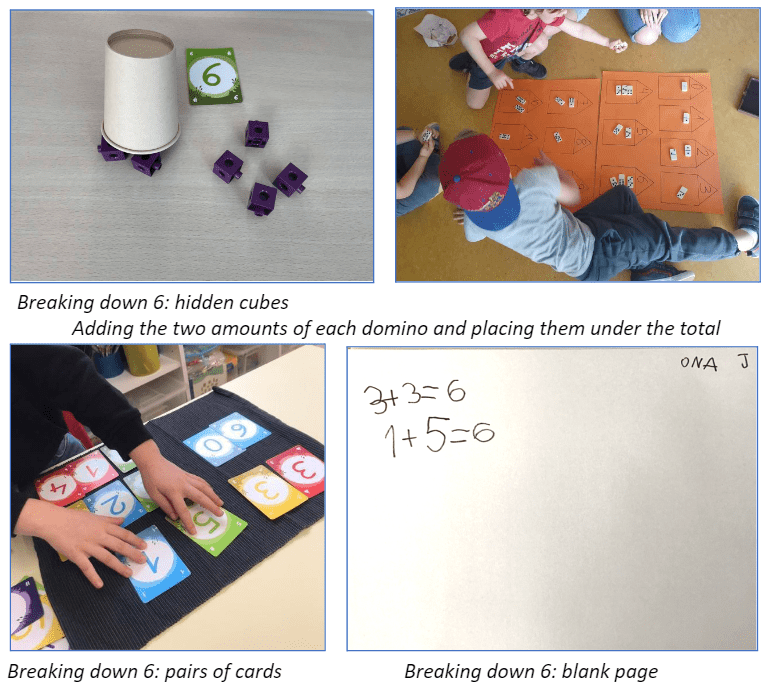
Ultimately, as you can see, the concept of numbers has many layers that make it more complex than it may seem at first. As teachers, it’s important to be aware of this complexity so that you can design activities that allow you to work on the concept from different perspectives.
How do children learn to write numbers?
Let’s go back to the title of this article and focus on number formation. We’ve already discussed that knowing how to write the numbers is only a small part of the set of learnings involved in the overall concept of numbers. We can ask ourselves: is it important for children between the ages of 3 and 6 to be able to read and write numbers? The short answer is yes. But there’s more to it.
We think it’s a good idea to have the numbers in the classroom. It’s useful to bring them up in all their different contexts: a dance performed by 4 people jumping in 2s; a story with 5 characters; how many children are in the store and how many are outside; pairs of amounts that add up to 6; a target game with 7 objects to describe how many land inside the box and how many don’t, etc. These, and so many others, are suitable contexts to read and use numbers naturally in order to explain what’s going on. Let’s take a look at some examples of the children’s representations on blank pages.
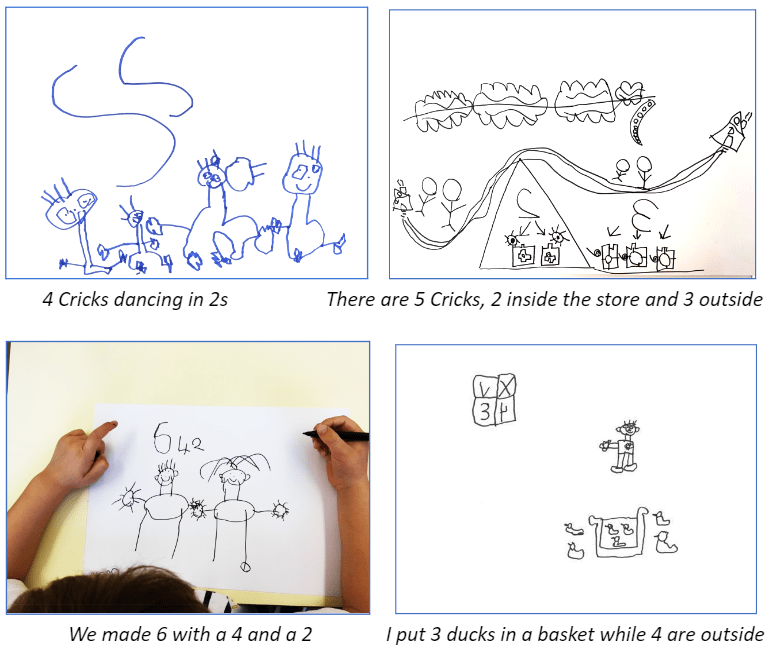
Now, it’s one thing to naturally deal with numbers that come up spontaneously in the classroom, and another to formalize how they’re written. To write the numbers (and the corresponding words) correctly, it’s important to have fine motor skills; in other words, the coordination of movements performed between the brain, the nervous system, and the different muscle groups. Writing numbers requires a great deal of control and precision when it comes to small hand, finger, wrist, forearm, and whole arm movements. The development of fine motor skills is a slow process that depends on maturity acquired over time. The time it takes might be different for each child, since everyone goes through their own maturing process. It is therefore quite normal for some students to need more time than others. Everyone is different, which means that some might move more slowly than others. But don’t worry, it’s normal.
At school, it’s important to propose activities that boost hand-eye coordination in order to develop visuomotor control, promote bimanual movement, work on precision, regulate strength, tonicity, pressure, etc. It’s also necessary to guide and help the little ones discover their laterality and directionality when writing, in order to achieve progressive mastery of fine psychomotor skills with different objects and tools. Graphomotor skills can be developed through proposals involving manipulative exploration (in our curriculum, this mainly takes place in Spaces).
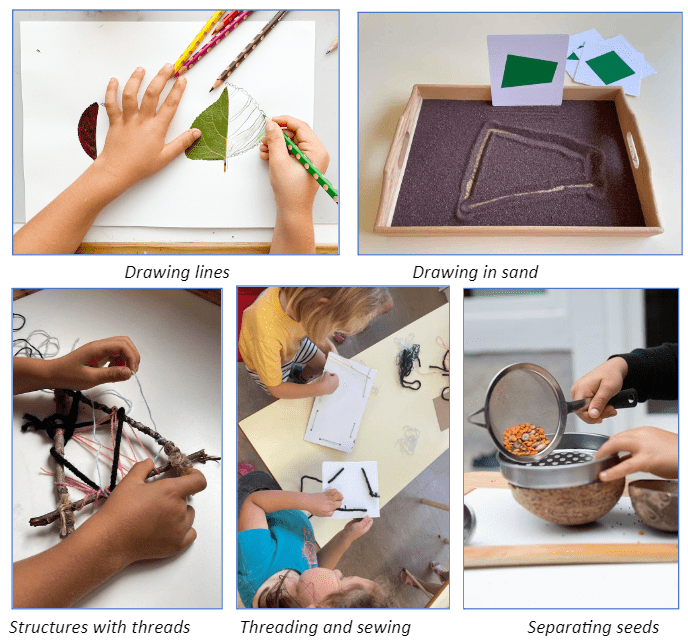
Now, let’s keep in mind that the development of graphomotor skills isn’t a mathematical topic in and of itself. Math can create favorable contexts to practice these skills. However, practicing number formation through countless repetitions (like in traditional Early Years education) is not the same as doing math. In fact, despite these never-ending repetitions, many children reach the age of 6 and still write some numbers backwards. Why? Because the correct way to write these numbers doesn’t depend on the amount of repetitions, but rather on the level of maturity of all the skills and abilities mentioned above.
Here are our answers to some of your questions
- Should we teach children to write numbers in Early Years?
Yes, but without too much pressure when it comes to representing them properly, since it’s just a matter of time. Attempting to write a symbol to try and communicate a mathematical idea will always be more valuable than a well-written number with no meaning.
- And how should we work on actual number formation?
As you have always done: it’s a good idea to offer the children models of each number, trace them with tracing paper (just like Maria Montessori did a hundred years ago), reproduce them in trays filled with sand, walk over the number on the floor, go over it with objects, etc.
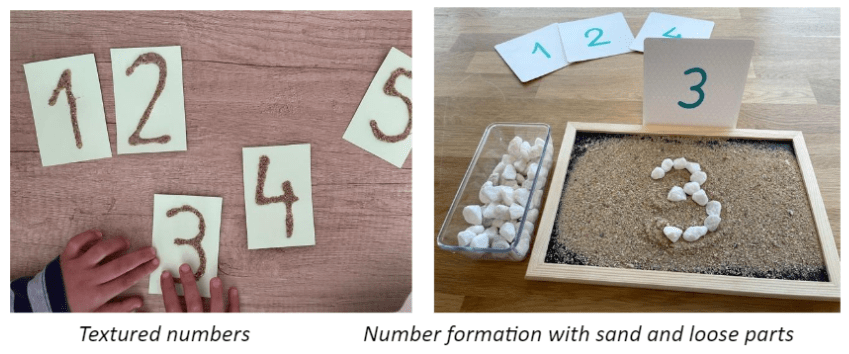
- What models do we offer?
Keeping in mind that written numbers are social and cultural conventions, it’s a good idea for the children to see and recognize the most common ones in their context (for example, both 4 as well as four), understanding that they refer to the same amount. From this we can understand that it’s useful to show the students different types of written numbers from the very beginning. As for the writing model, every community (country, region, school) has its own standards and, as long as they’re coherent, there is no evidence that one type is better than another.
- Is it a good idea to correct inverted digits?
Only when the child is ready. If they realize, or if they ask us how to write a certain number, it’s a good idea to always have a model at hand so that they can copy it. Now, if we penalized every initial attempt to form numbers, children would stop practicing the spontaneous and contextualized use of these abstract symbols. We can also pay particular attention to correcting these symbols when, for example, they’re used in letters to the children’s families, on a price label the whole class needs to read, on a sign or piece of public information, etc.
Let’s take a look at a final example. Peter is struggling with writing the number 5, so he goes to look for it among the models.

He takes it to his desk, crosses out the one he didn’t get right, and copies the right number below. This is the level of autonomy we should seek and, meanwhile, every teacher knows when each student is ready to hear: “Hey! I see a number that’s backwards, do you want to find it and fix it?”
Summing up
Building the concept of numbers involves a wide variety of different kinds of knowledge. Being able to read and write the numbers is only a small part of this great construct, and it’s not even the main one. It’s important that written numbers are part of our classroom and that we link them with meaningful, contextualized situations. It makes sense to encourage the children to represent these lived experiences using language that they’re in the process of learning, whether it’s pictographic, verbal, or symbolic. This being said, we should be aware of what is required to represent the symbols “correctly”, being careful never to focus mathematical work at these ages on the correct representation of written numbers. For all these reasons, we suggest approaching the development of number formation from an angle involving free movement. As far as possible, meaningful and functional situations should be used.
Canals, M. A. (1989). Por una didáctica de la matemática en la escuela. Eumo.
Dickson, L., Brown, M., and Gibson, O. (1991). El aprendizaje de las matemáticas. Labor-MEC.
Kamii, C. (1983). El número en la educación preescolar. Visor.
Piaget, J. (1952). The Child’s Conception of Number. Routledge.



